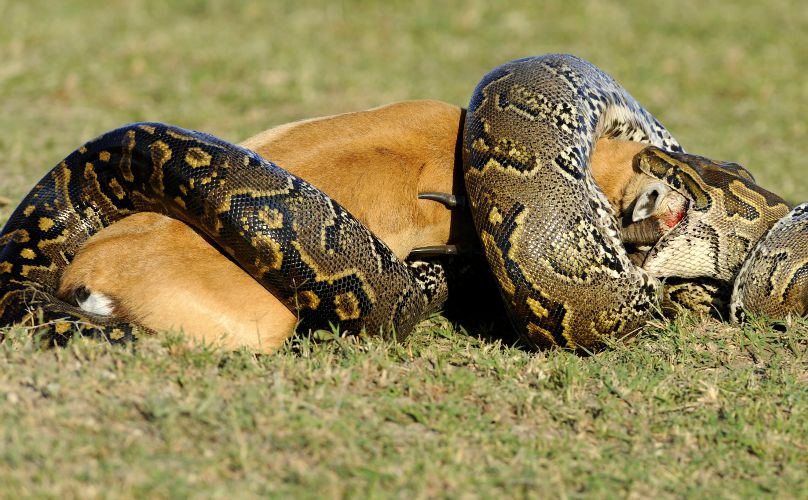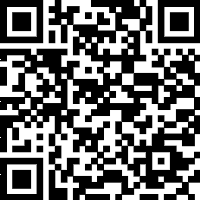Many snake experts list black mamba and taipan as the most dangerous in the world, although they are not the most toxic snakes. Both species are cobras, and taipan is strongly converged with black mamba in several aspects of morphology, ecology and behavior. Amethystine python is also the largest native snake in Australia and Papua New Guinea. This type of Python is not toxic and is not considered dangerous to humans at all. However, it is sometimes ill-tempered and small sharp teeth can cause nasty wounds.
canadiangeographic.ca Изображение: canadiangeographic.caPython-It's a non-toxic snake and has done harm. Crate-It is a highly toxic snake belonging to the family Elapidae. Therefore, the correct answer is (B). Python is a non-toxic snake.
What is the most dangerous non-toxic snake?
5 A dangerous non-venomous snake that can kill one African rock python. 2 Amethystine python. 3 Burmese python. 4 Green anaconda. 5 Reticulated python.
Are African rock pythons toxic?
Not everyone knows this species, but the African rock python is one of the most dangerous venomous snakes in the world. This type of Python is very large and can be found in tropical African savanna. Moreover, they are also the largest snakes found in Africa, so it's not very safe to be nearby.
Do pythons keep venomous snakes away?
Do pythons keep venomous snakes away? The simple answer is no. Pythons and many other snakes can coexist happily in the same environment. There are catches, they need a certain amount of food to maintain each snake. If you have a lot of mice, frogs, and other food sources, there may be some snakes in the same area.
Are pythons dangerous to humans?
Only its size and strong body are dangerous to humans. If the snakes are bigger and stronger than us, they can always hurt us. These pythons prefer to live near large bodies of water, and several attacks have been recorded so far.

Below you will find two helpful answers on a similar topic. 👇
Why do birds have so few bones in their forelimb?What are the different types of sea turtles?
